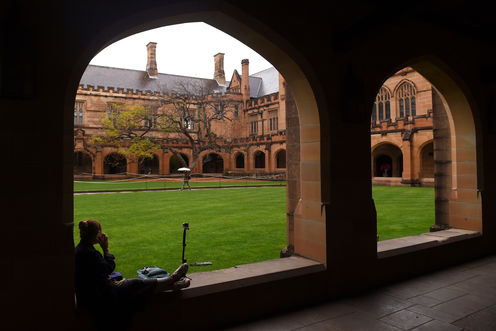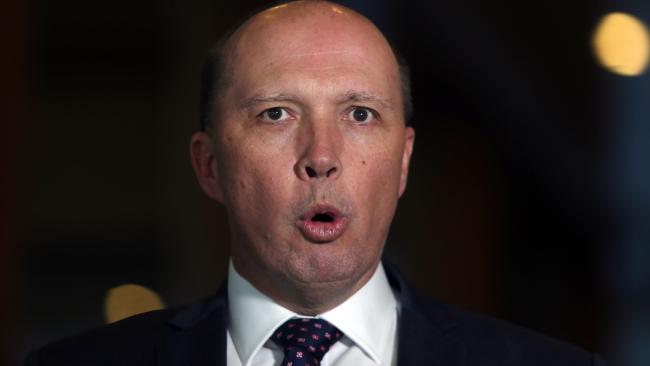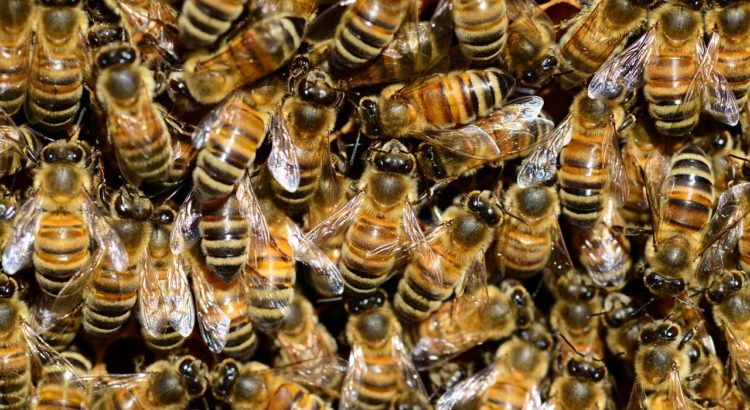Oceanía/Australia/Agosto del 2017/Noticias/https://theconversation.com/
On Wednesday, a Senate committee reported on the government’s proposed changes to higher education.
Though more moderate than the 2014 version, the new higher education package represents groundhog day for the major political parties. The committee, chaired as it was by the Coalition, recommended passing the measures, stating that they will:
… balance the Commonwealth’s need to recover student debts over time with the need of students to access a fair and high-quality system of higher education without facing high upfront fees.
However, the Labor members of the committee dissented. They strongly argued for the bill to be rejected, arguing that:
Australian students will have to pay more, for less, sooner.
Where to next?
What are the changes?
The reforms’ explicit intent is to rein in government spending on higher education without compromising teaching quality or restricting access to higher education by making it unaffordable.
The headline changes are:
- An increase in the student contribution toward the cost of the degree to, on average, 46% for Australian students (currently they pay on average 42%).
- According to the government, the maximum cost of a Commonwealth-supported course would be A$50,000 for a four-year degree, or $75,000 for a six-year medical degree.
- Students paying for their degree through HECS-HELP would start paying it back when they earn $42,000 (the current threshold is $54,869).
- The universities would be subjected to a 2.5% funding cut (the government calls it an efficiency dividend), which amounts to around $380 million in 2019.
- Access to Commonwealth-supported places for Australian permanent residents and New Zealand students would be removed. These students would have to pay the full tuition rate. This would typically double or even triple the cost of their degree. To offset the fee increase, these students will be able to access HECS-HELP loans like Australian citizens, whereas previously they had to pay up front.
For context, when higher education reform was last attempted in 2014, proposed cuts to university teaching funding were around 20%. And student fees were to be deregulated, leading to fears that degrees could cost more than $100,000.
The 2014 proposals proved almost universally unpopular but the legislation lingered, zombie-like, for several years before being shelved. This new proposal is an attempt to press the reset button and move forward.
Those opposed to the latest proposal have pointed to reduced funding for universities, higher costs to students, and tougher loan repayment requirements.
Those supporting the changes feel the fee increases and funding cuts are moderate in comparison to the 2014 proposals, and in line with the overall fiscal reality.
How was the new reform agenda received?
Since announcing the changes, the government has received more than 1,200 submissions from a wide range of higher education stakeholders, including students and their parents.
Further submissions were made to the Senate committee. The vast majority opposed the proposed changes to student tuition fees and repayments.
The general sentiment revealed by the submissions was a belief that “students will end up paying more to get less”. This phrase, or similar versions of it, appeared in multiple submissions.
Many submissions were from permanent residents and New Zealanders, worried about the intended increase to the cost of their education. In the words of one:
I am pretty sure there are countless others who have had their dreams of studying higher education crushed … We should take care of the people living in this country, and give them a chance to progress into university, before they like us feel as though they may have to return back to their home countries just to follow their educational dreams.
In its submission, the University of South Australia supported the student fee increase but opposed the lowering of the repayment threshold.
Victoria University proposed the money raised by increasing student tuition fees should be given to the universities rather than the Commonwealth:
… in order to directly improve the student experience of those paying the fees.
All other universities either opposed the student fee increases, or avoided the issue in their submissions.
All universities opposed the proposed funding cut to the universities themselves.
What next?
In its dissenting report, Labor calculated, for example, that a graduate with a HELP debt earning $51,000 will have less disposable income than someone earning $32,000.
Labor also expressed its concern about the impact of student debt on New Zealanders and permanent residents, given they will be required to pay full fees.
Similarly, the Greens members of the committee dissented, stating that:
… young people from low socioeconomic backgrounds would be priced out of an education.
Assuming the government proceeds with the changes, the Senate will debate and vote on the bill in due course. If so, its fate lies with the minor parties and independents – just as it did the last time.














 Users Today : 30
Users Today : 30 Total Users : 35460293
Total Users : 35460293 Views Today : 40
Views Today : 40 Total views : 3419008
Total views : 3419008